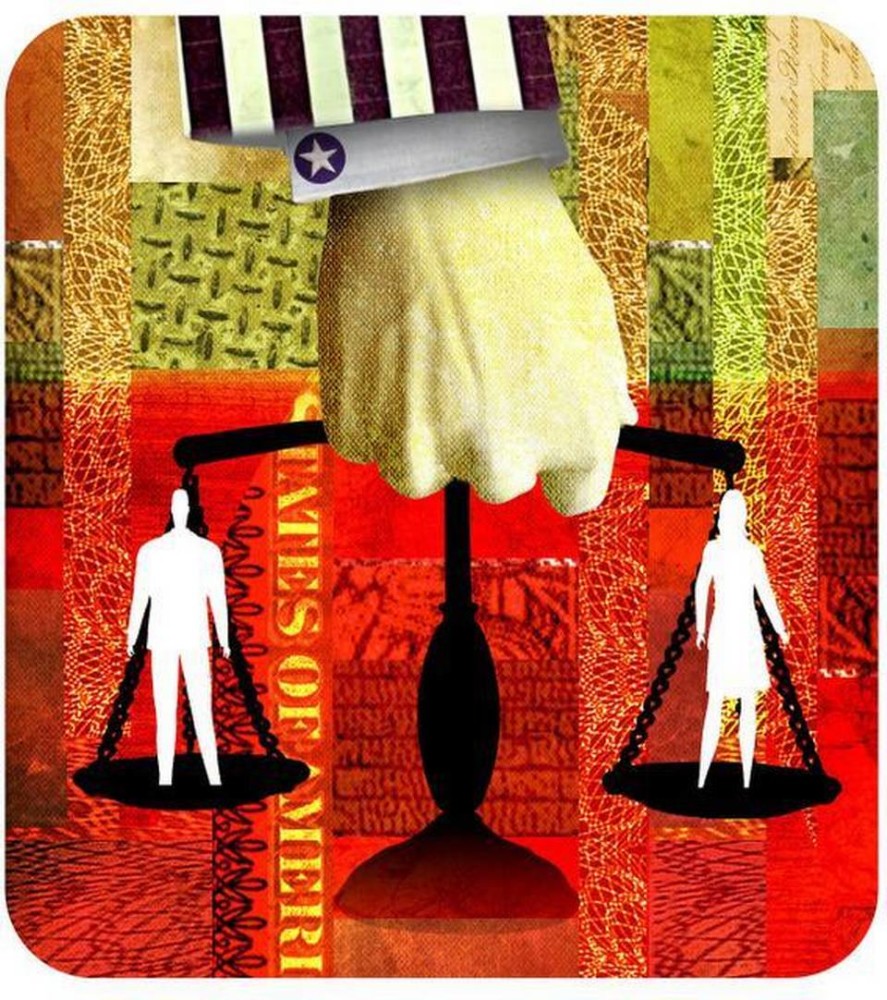By Alexia Elejalde-Ruiz
Chicago Tribune
WWR Article Summary (tl;dr) A new report reveals that only in two occupational categories, “dining room and cafeteria attendants and bartender helpers” and ‘wholesale and retail buyers, except farm products’, do women earn more than men, while in 107 occupations women earn less than 95 percent of their male counterparts.
Chicago Tribune
As Equal Pay Day arrives Tuesday, any progress toward closing pay disparities between male and female employees comes without much evidence of change on the statistical front.
The most recent annual government data show that women who work full-time, year-round still earn 80 cents for every dollar men earn, a level that has hardly budged over the past decade after rising from about 60 cents in 1980.
“The wage gap seems to be stuck,” said Vicki Shabo, vice president for workplace policies and strategies at the National Partnership for Women and Families, which cites annual figures, rather than weekly figures showing an 82-cents-to-the-dollar disparity, to avoid fluctuations that come with seasonal work.
The gap exists, to varying degrees, across jobs and industries. Personal financial advisers show the largest disparity, with women’s median weekly earnings at 59 percent that of men’s, according to an analysis by the Institute for Women’s Policy Research.
Only in two occupational categories, “dining room and cafeteria attendants and bartender helpers” and ‘wholesale and retail buyers, except farm products’, do women earn more than men, while in 107 occupations women earn less than 95 percent of their male counterparts, the report found.
That is still not an apples-to-apples comparison. Controlling for occupation, industry, education, experience and other factors that influence salary, the nation’s gender pay gap is less than 3 cents, according to a PayScale survey of over 2 million people.
But the overall 20-cent gap matters because it reflects that far fewer women than men are in executive roles and other higher paid positions, and that the industries in which women are more likely to work tend to be lower paid.
The lower lifetime earnings make it harder to pay back student debt, buy a home or support a family, putting women, 15 million of whom are heads of households, at higher risk of financial insecurity, Shabo said.
The wage gap grows the older women get, as many more men than women move into senior roles, and research suggests that is driven in part by career interruptions to have children. Women are five times more likely than men to take a break from work to raise kids, and employees who leave the workforce for a year or more find that their pay upon returning is 7 percent less than a currently employed person seeking the same job, according to PayScale’s report.
Despite the slow progress, Shabo is optimistic that change is afoot as attention to issues of gender equity soars.
“We’re in a very unique moment in the ethos of this nation,” she said.
Growing movements to raise the pay of care workers, and teacher strikes in West Virginia and Oklahoma, are forcing society to rethink the value of the jobs women tend to do, she said.
Several cities and states have passed legislation prohibiting employers from asking job candidates about their previous salaries so as not to perpetuate lowball offers.
Some companies are fixing pay inequities among their employees. Starbucks last month announced 100 percent gender and racial pay equity for employees performing similar work at its U.S. company-owned stores, drawing praise from women’s advocacy groups that hope it serves as a model for the retail sector.
JP Morgan Chase in February became the latest bank to disclose a pay gap of 1 percent, after adjusting for factors like job role, seniority and geography.
That disclosure came as legislation in the United Kingdom required large employers, including multinational banks like JP Morgan, to report their raw pay gaps by an April 4, not adjusting for job role and other factors, which showed far larger disparities resulting from many more men holding senior positions.
In the U.S., an Obama administration policy that would have required large companies to report to the government what they pay employees by race and gender was dropped by the Trump administration in August.














































































































































































































































































































































































